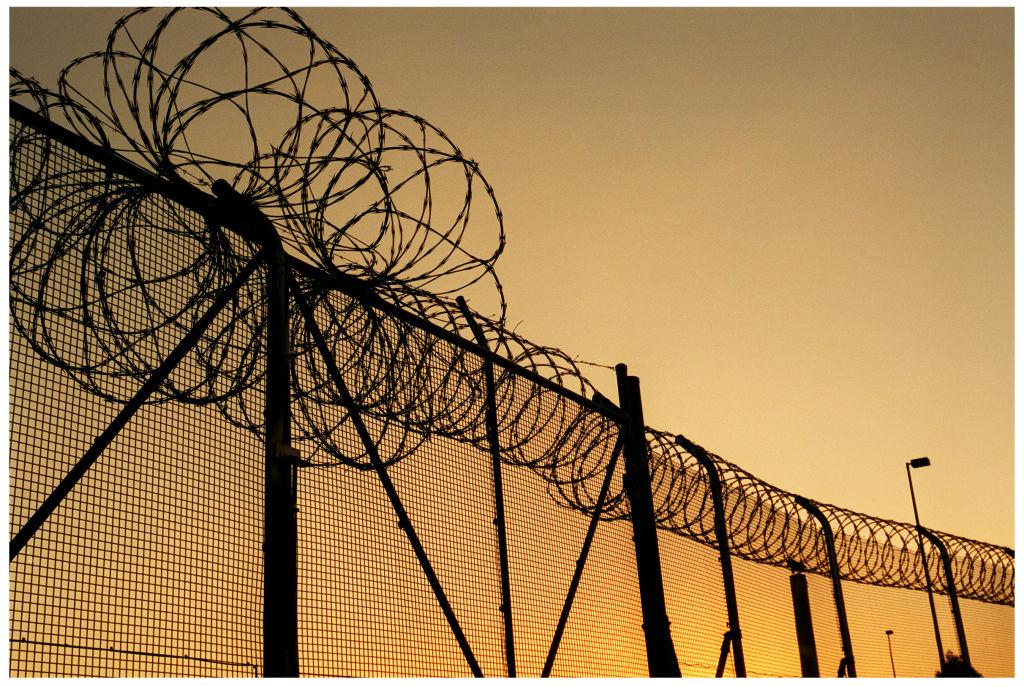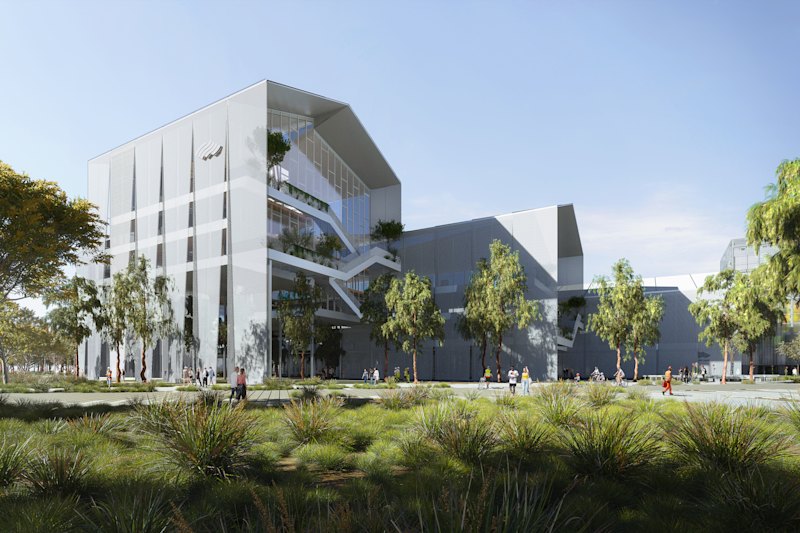
What happens to a jail when it is closed? The NSW government wants to know
They often cover a lot of land, the buildings are solidly constructed and they’re known for being in very secure environments.
Yet it can be a challenge to find a new use for an old jail. Their specific design, and sometimes their location, prevents them from being adapted easily to other purposes.
Take the Warakirri Centre in the far west NSW town of Ivanhoe, a correctional facility for 55 male inmates 300 kilometres south east of Broken Hill, between Hay and Wilcannia, that the state government has announced it will be closing in 2020.
“It’s always been absolutely perfect for a prison as even if a prisoner did escape, there’s nowhere for him to escape to,” said Marty Deacon, principal of residential, commercial and rural agency Elders Mildura, who visits the area regularly.
“That makes it hard to think what it could be used for after it closes down. It could be backpacker accommodation, but there’s no seasonal work around there; the town’s purely based on the rail line that goes through, and grazing. It’s on the map to nowhere.”
Prisons are usually expensive to build and maintain, and occupy a large footprint. Some are rebuilt into bigger, newer jails but preserving the historic ones and turning them into tourist attractions is mostly only an option when they’re in cities and major towns.
So that’s why, with the jail in Ivanhoe and another in Brewarrina, 800 kilometres north west of Sydney, the state government is asking the local communities for their ideas.
On Tuesday, November 19, and Wednesday, November 20, the government is holding information sessions in both towns for residents to discuss the future of these sites.
There are many possibilities to draw from. Former jails around Australia have been turned into police stations, theatres, psychiatric facilities, university campuses and school camps.
Perhaps one of the most high-profile readaptations has been the old bluestone Pentridge prison (1851-1997) at Coburg, in Melbourne, where Ned Kelly was buried and Ronald Ryan was the last man to be executed in Australia.
It’s now been turned into a masterplanned development with an office and retail precinct that will be ready for lease in 2020, as well as apartments and a heritage site.
However, it’s not been without problems, with an award-winning design for a pavilion to be used as a central hall or gallery on the site blocked from being built because of heritage orders.
“In theory, old jails have a lot of potential,” said the pavilion’s designer Phil Snowdon, director of architects Ola Studio. “But there can be heritage issues and there can also be a bit of a stigma around sites that you have to get people through as it may have bad associations.
“The buildings themselves can also be difficult to make nice because they’re often horrible little cells without light. Then the older buildings in the best locations might be heritage-listed.”
Con Lampropoulos, the managing director of Peter Hunt Architect, which designs jails, said it was more common to demolish and replace them.
“It can be hard to convert them even into budget hotels when you consider the average cell was around 8.5 square metres, before they went up to 9.5 square metres to 10 square metres,” he said.
“It’s usually too expensive to maintain them, and many have reached their end of life anyway. The cost of refurbishment doesn’t provide enough benefit. The most usual re-use is for something touristy or an annex to some sort of TAFE or educational facility.”
David Leeds of Border Real Estate, who spent 10 years as a property valuer, said Ivanhoe’s remote location meant a museum was probably not an option. “But there’s a couple of uses that spring to mind, like permanent low-cost accommodation or maybe – although it could be a stretch – a nursing home.”
Agent Marty Deacon, of Elders Mildura, said he could “imagine an RV [recreational vehicle] or caravan park. It would be wonderful to see someone entrepreneurial come along and do something to put the town back on the map.”
Ivanhoe residents had asked the NSW government to reverse the decision to close the jail, particularly coming as it has in the middle of the worst drought on record.
“But the answer was no,” said Bob Stewart, the administrator of the Central Darling Shire in which it resides. “It used to be a rail facility before it was a jail, so it needs the community to explore options, maybe around transport or sand mining.”
But the anger in the community at this decision is still palpable.
“The people who make these decisions ought to be sacked on the spot,” said Tony Conway, of Leo Conway Agencies Balranald. “There’s always overcrowding in jails, so why take one out? You’re getting rid of a major source of employment in the middle of the drought. This keeps the town going.”
At Brewarrina, the locals have been discussing turning their jail into a women’s rehabilitation centre for drug and alcohol abuse.
Mayor Phil O’Connor said: “There’s not a lot of places for drug rehabilitation for women in the state.
“It would be great to provide support for women to get them away from cities and dirty drugs and back on the straight and narrow. They could probably have their kids there as well. It could be a hell of a big benefit to them, and it would mean we wouldn’t waste the buildings already there.”










